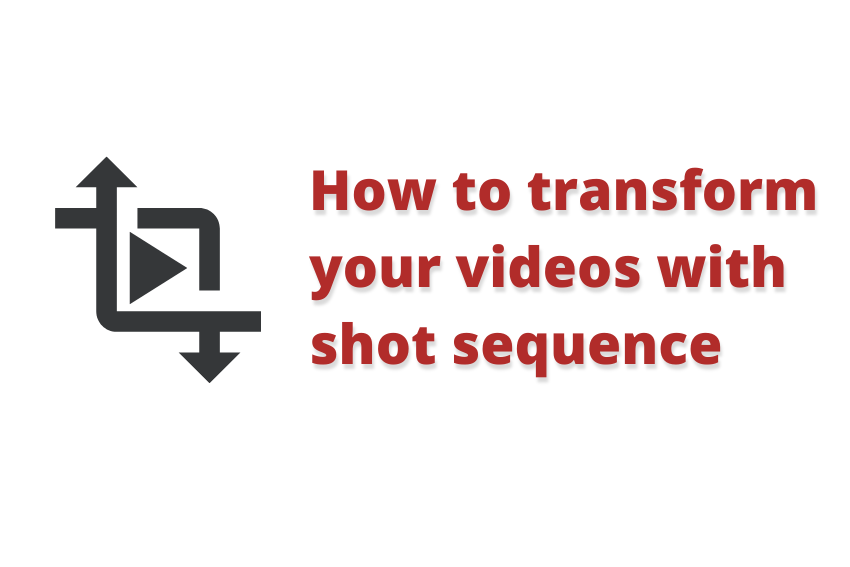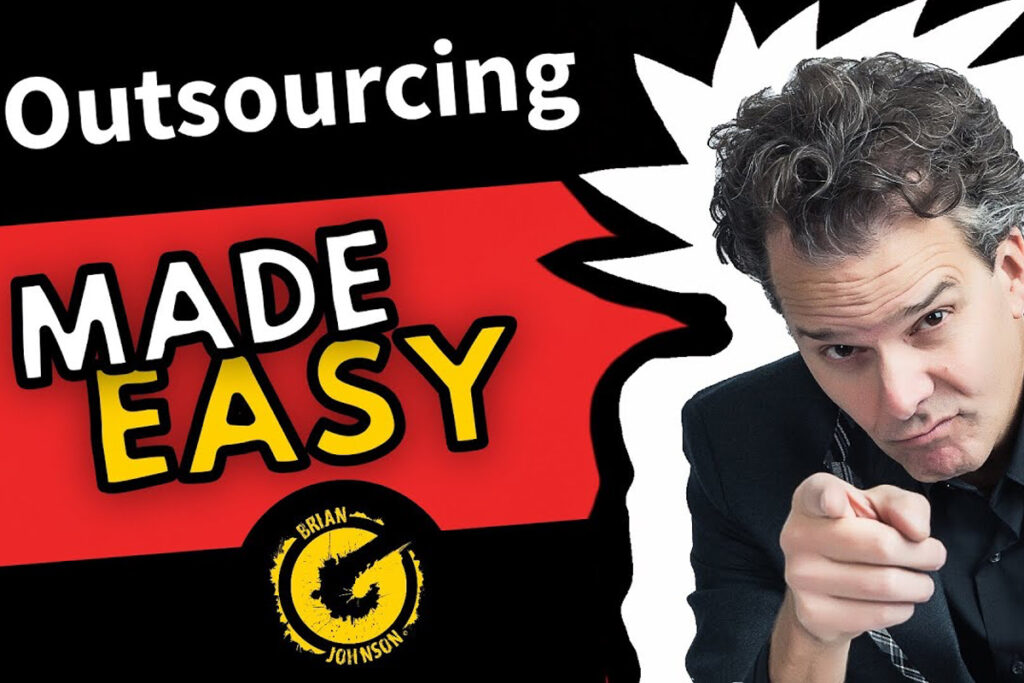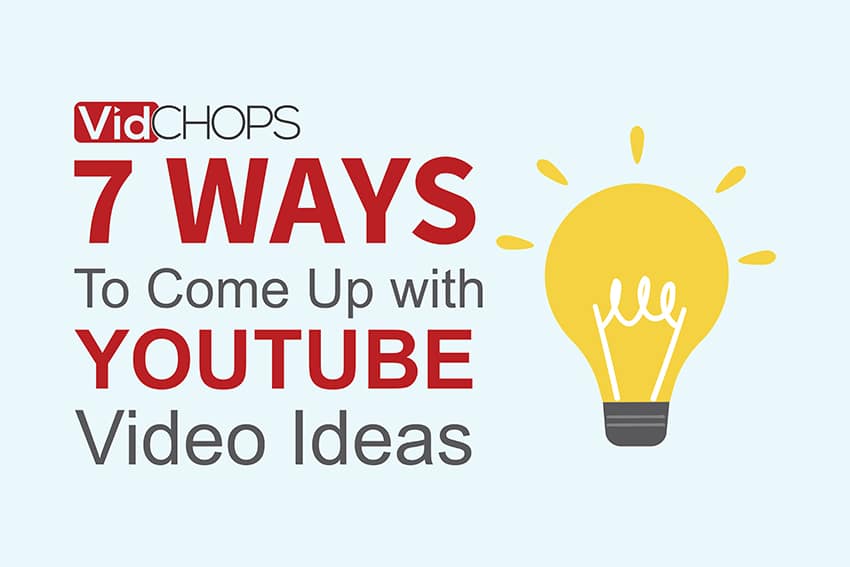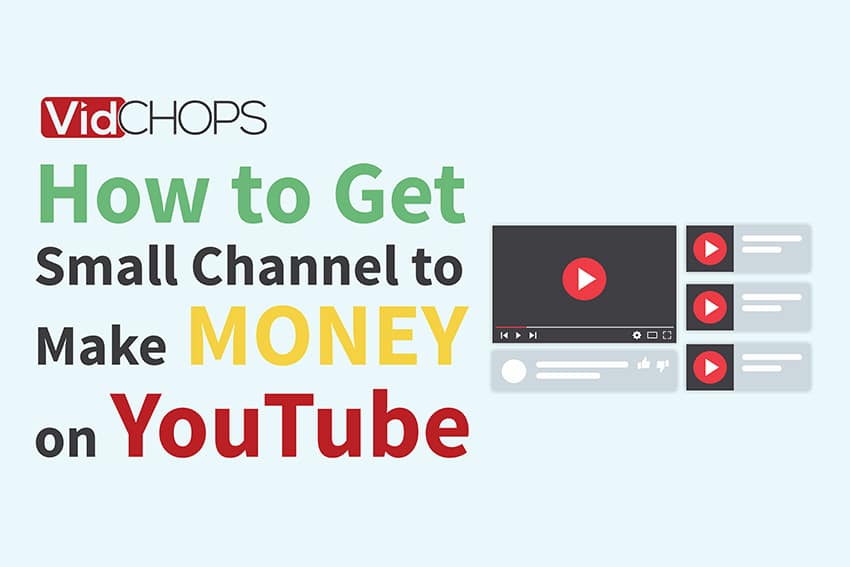How Top Video Creators Turn Simple Views Into 7-Figure Businesses
We break it all down on The Video Creatr Show, click the link below.

Looking for ways to improve the quality and appeal of your video content? Wondering how to add a shot sequence to your content?
First off, give yourself a pat on the back. You’re clearly thinking straight. Video quality is so important for creating and retaining a loyal audience. But if you’ve not been to film school, experimenting with videography shots can feel daunting.
Today we’re going to guide you through some basic (and not so basic) filming shot sequences that are guaranteed to give your content a little bit of that je ne sais quoi.
We’ll be discussing all the key shots and camera angles you need to produce beautiful videos and we’ll make sure to throw in some handy examples along the way too.
We’ll be exploring…
- What is a video shot sequence?
- Scene vs shot vs sequence: what’s the difference?
- The staple shots in videography
- Video sequences: combining wide, medium, and close-up shots
- 5 examples of shots to add in your next video
What are shot sequences?
A video shot sequence is a combination of different videography shots that come together to create a visual effect. There is a whole range of shot sequences that videographers use to create a particular ambiance, mood, or emotive response from their audiences. Often times experienced videographers will use shot sequences as part of the storytelling narrative. You might like to think of them as prompts or jumping off points for scene changes, new ideas, or changing storylines.
Using shot sequences creatively is a great way to create a feeling of continuity in a video. Experienced filmmakers might also use sequencing to allude to the passage of time, or simply to produce a professional, polished, and beautiful video.
Scene vs shot vs sequence: what’s the difference?
But hold up. Let’s iron something out quickly. We’re talking an awful lot about shots here. But what about scenes? Are they not the same thing? Actually, no they’re not. This is a common misconception but scenes and shots serve quite different functions in their own right.
Shots
When producing a video or film, a ‘shot’ refers to a single take. Shots can be very short or very long (seconds or multiple minutes), depending on the creative discretion of the filmmaker. Shot lengths can be manipulated for effect and, in most cases, there will be multiple shots within each scene.
Scenes
A scene is not the same as a shot. There are usually multiple shots making up a scene. Every script (whether it’s for a full-length feature film, a sitcom, or a YouTube video) involves scenes of varying numbers. Each scene comes to represent a unit within the storytelling process.
Scenes are typically delineated by location. For example, a video might start with a scene that takes place in the kitchen then move to the next scene which could be in the supermarket. These locations are not separate shots but they are separate scenes.
Sequences
A sequence is the culmination of scenes and shots. A sequence is a piece of footage that contains several shots making up a scene. If your video is a painting, the sequence is the final composition.
The staple shots in videography
So, what are the most important shots when producing videos? The bread-and-butter of videography, if you like. Today we’ll be discussing five of the core videography techniques. If you’re new to videography, these shots are the perfect place to start.
1: The close-up shot
A close-up shot is a shot taken at close range of a person or object. Close-up shots go straight for the minute detail. In extreme close-up shots, the subject (whether that be a cup placed on the table or a person’s face) will take up the majority, if not the entirety, of the frame.
Typically, videographers use close-ups to convey a character’s emotional state or highlight important details pertaining to places or objects. This tells the audience that this item warrants particular attention.
2: The medium shot
Alternatively known as the ‘waist shot’, a medium shot is any shot captured at mid-range. In other words, the camera is placed a moderate distance away from the subject. This kind of shot is useful for capturing back-and-forth dialogues in films and interviews as it can capture both subjects in plenty of detail whilst incorporating enough of the surrounding scene to create an adequate sense of place.
The medium shot is less intense than the close-up, but far more practical. This is when we get the opportunity to convey interaction, body-language, movement, and environment to audiences.
3: The long shot
Also called a wide shot, the long shot is typically used to set the scene. Long shots create a sense of place and environment in a scene. In a wide-angle shot, the audience can take in the full length of the subject of that scene, as well as the surroundings, often with epic results. For that reason, the most iconic movie scenes are often long shots.
An extreme long shot moves even further away from the subject and focuses entirely on the surrounding environment. This is a really effective way for videographers to create a sense of magnitude and scale. For example, you may have noticed these extremely wide shots in films depicting war battles or epic journeys in inhospitable environments.
Video sequences: combining wide, medium, and close-up shots
As we mentioned right at the start of this article, a video sequence is the combination of scenes and their contingent shots. Shot sequences are as varied as they come. As we mentioned right at the start of this article, a video sequence is the combination of scenes and their contingent shots. Shot sequences are as varied as they come. You can combine shots in pretty much any combination you like until you reach your desired effect. Nevertheless, some shot sequences have become well-known staples in the world of film and video creation.
Let’s take a look at some of these now.
1 – The two-shot sequence
The simplest shot sequence is the two-shot sequence. A two-shot sequence will capture the same subject from two contrasting angles. For example, if you are filming a nature video you might capture one wide-angled shot of your subject (say, a Capuchin monkey) and then capture the same monkey at a closer range. Bish bash bosh, you’ve got yourself a classic two-shot sequence.
2 – The three-shot sequence
The three-shot sequence combines long (or wide), medium, and close-up shots to depict a subject from three separate aspects. More experienced video makers may take this one step further by varying the angles of each shot as well as the distance from the subject. Typically, three-shot sequences start wide, before moving in towards a close-up of the subject.
3 – The five-shot sequence
The five-shot sequence also combines all three shot types. The key difference, therefore, between the five-shot and the three-shot sequence is perspective. A five-shot sequence will alternate perspective as well as distance. Let’s take our previous example of the Capuchin monkey.
A videographer filming the Capuchin as part of a five-shot sequence might start with a wide shot of the monkey in a tree, before moving to a close-up of the monkey’s tail, and then another close-up of the money’s face. Finally, the videographer might phase out to a mid-range shot of the monkey grazing on some leaves before finishing with an over-the-shoulder shot.
5 examples of shots to add in your next video
Ready to start experimenting with shot sequences in your own videos?
Once you’ve got to grips with the basics it’s time to have some fun and get creative with your shots and sequences.
Before we finish, we thought you might like to take a look at some of these more advanced camera angles to try out in your upcoming videos!
High-angle shots:
High-angle shots are shots taken from a camera pointing down on the subject from above. This has the effect of making the subject seem at risk, powerless, or vulnerable. That’s why you’ve probably seen it hundreds of times in scary movies and horror shows. High-angle shots create a feeling of mystery, suspense, and high-threat.
Low-angle shots:
By contrast, low-angle shots do the opposite. By positioning a camera below the eye line (looking up at the subject), it is the subject that takes on the powerful agency. That’s why you might have noticed these kinds of shots in Marvel movies. It’s a great way to evoke the presence of a superhero or powerful figure because it makes the subject appear larger than they actually are in real life.
Over the shoulder shots:
Remember how we ended our final sequence off the lovely Capuchin monkey? That’s right. It was with an over the shoulder shot. This classic cinematography technique is a great way to emphasize eye lines or directions. It’s often combined as part of a close-up shot to indicate something that remains unseen to the main character.
Bird’s eye view shots:
Shots taken from a bird’s eye view are essentially aerial shots with the camera shooting from overhead at action that is taking place directly below it. These kinds of shots are becoming super popular due to the accessibility of drones. They make for amazing panoramas and are fantastic for evoking a sense of place and scenery. Oftentimes, aerial shots are used in transition between scenes, and in so doing, they carry the narrative forward.
The Dutch angle shot (or tilt shot)
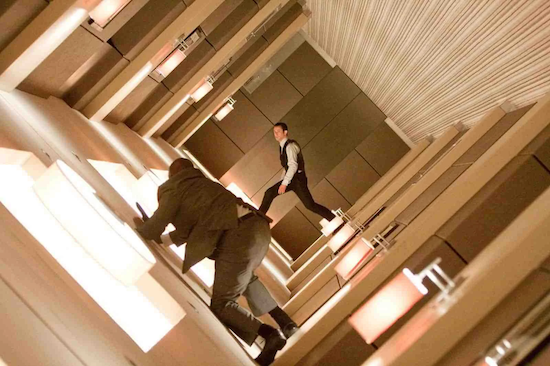
The last shot that we’re going to be discussing today is the Dutch angle shot (otherwise known as a tilt shot). This is a very stylistic technique. It’s basically when a camera is tilted on one side to distort the frame. This dramatic manipulation creates feelings of tension, distress, confusion, and disorientation in the narrative of a film or video by literally disorienting the scene.
Try out some shots today!
Now that you’ve got the lingo down, it’s time to try out some of these camera techniques for yourself. Varying the shots and sequences you use in your video content is a great way to make videos more engaging, stylistic, and impactful.
So, whether you’re producing movies or YouTube videos, the power of videography is always going to set you at an advantage.
No time for editing your videos?
No problem.
With VideoChops you can get your videos edited by professionals without having to hire an in-house video-editor or freelancer to do it. Simply send in your footage and we’ll send you back a fully-edited version to download at your convenience.
All of our video editors are highly skilled and familiar with videography techniques, so they’ll know exactly what to do with all of your Dutch angle shots and close-ups!
All you have to do is keep those creative juices flowing and keep making amazing videos!
